Are you ready to explore the heart of Edinburgh on foot? Put on your most comfortable walking shoes, as we have the perfect itinerary just for you. Start your self-guided walking tour with the CityAppTour app, where you will discover the city's key highlights and some hidden treasures. Visit Edinburgh's most famous landmarks, including the Scott Monument, St Giles' Cathedral, the Royal Mile, Edinburgh Castle, Arthur’s Seat, and more. This walking tour has been thoughtfully designed to ensure you make the most of your time in the city.
The CityAppTour app uses GPS and a detailed map to navigate your journey, eliminating the need for an expensive guide. Listen to captivating stories collected by a local professional guide as you explore.
This audio tour will lead you past Edinburgh’s major attractions, notable public buildings, historic places of worship, cultural hotspots, restaurants, and cafes. You'll also discover some lesser-known facts about the city along the way.
Take breaks at your leisure to relax and enjoy a coffee at one of the charming cafés en route. With CityAppTour, you have the freedom to walk at your own pace and truly savor the experience. Once activated, the audio tour is available until the end of the next day, giving you ample time to complete your journey. Don’t wait any longer; book now to embark on your self-guided audio tour and experience Edinburgh on your own terms.
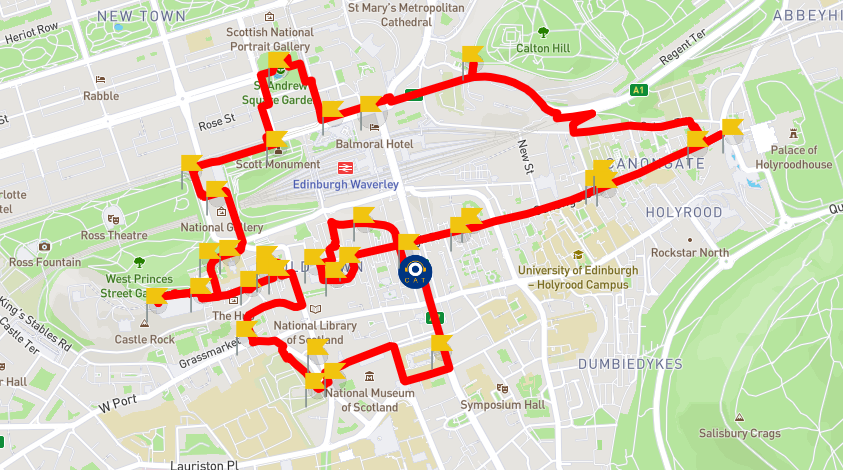
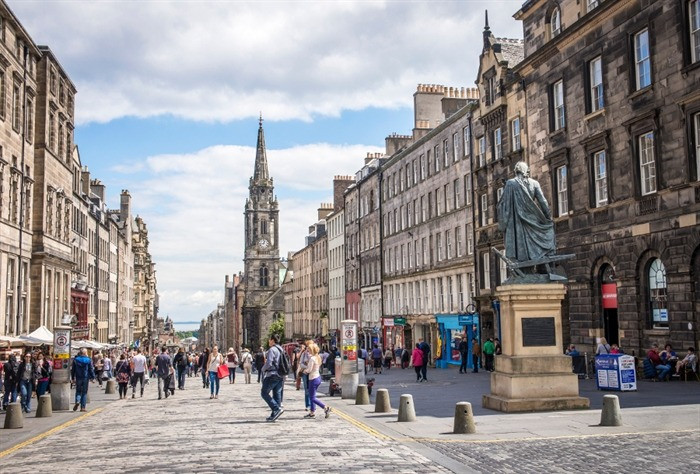
Why Visit: This ancient street connects Edinburgh Castle to the Palace of Holyroodhouse, packing 1000 years of Scottish history into one cobbled mile.
Medieval closes and wynds branch off like hidden arteries, each with stories of plague, murder, and royal intrigue. The Royal Mile isn't actually a mile long - it's 1.81 kilometers of pure Scottish drama. Street performers compete with bagpipers while tourists hunt for the Heart of Midlothian, a mosaic marking the old tolbooth where executions once drew crowds.
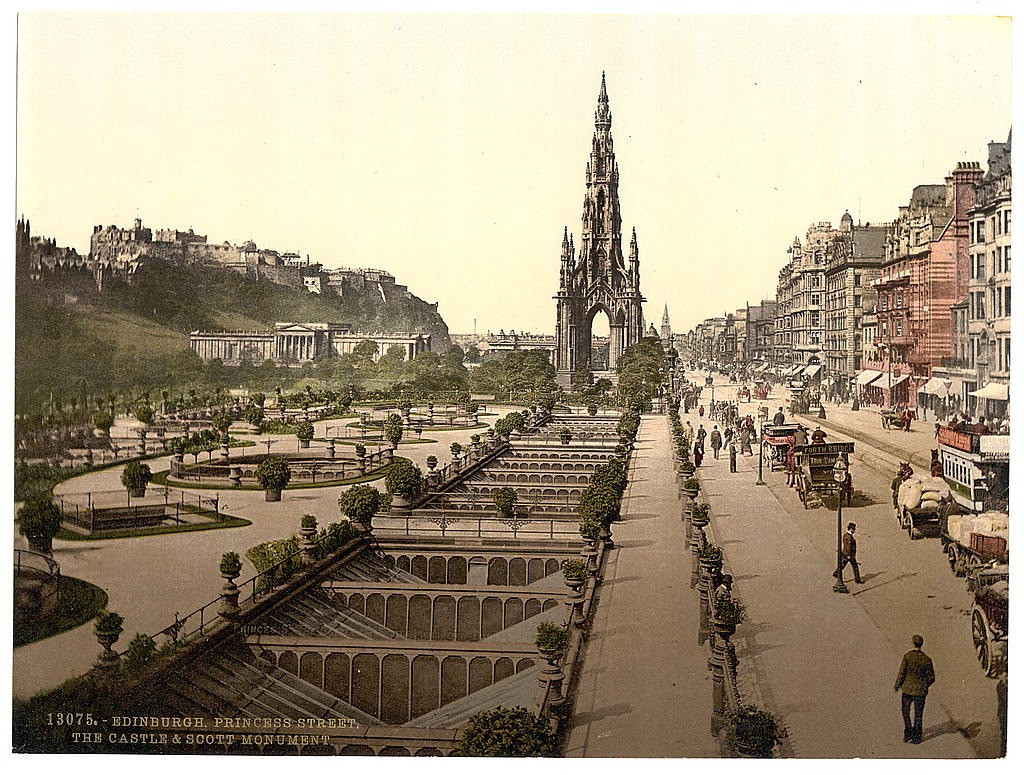
Ever Wondered: How did Edinburgh's main shopping street get its name from two Georgian princes most people have forgotten?
Named after King George III's sons, this street became Edinburgh's answer to London's Oxford Street. The south side has no buildings - a deliberate 18th-century planning decision that preserves castle views. Local law still prohibits construction that would block these sightlines.

The Story Behind: This Gothic rocket honors Sir Walter Scott, though he never wanted a monument and died before construction began.
Standing 61 meters tall, it's the world's largest monument to a writer. The sandstone darkened over decades, earning locals' nickname "Edinburgh's disgrace." Inside, 287 steps lead to panoramic views. Scott's marble statue sits beneath, accompanied by his beloved dog Maida.

What You'll Find: A fortress that survived 26 sieges while crowning kings and storing Scotland's crown jewels for over 900 years.
Built on an extinct volcano, this castle witnessed more drama than any soap opera. Mary Queen of Scots gave birth here to the future King James VI. The One O'Clock Gun still fires daily except Sundays - a tradition that started in 1861 to help ship captains set their chronometers.
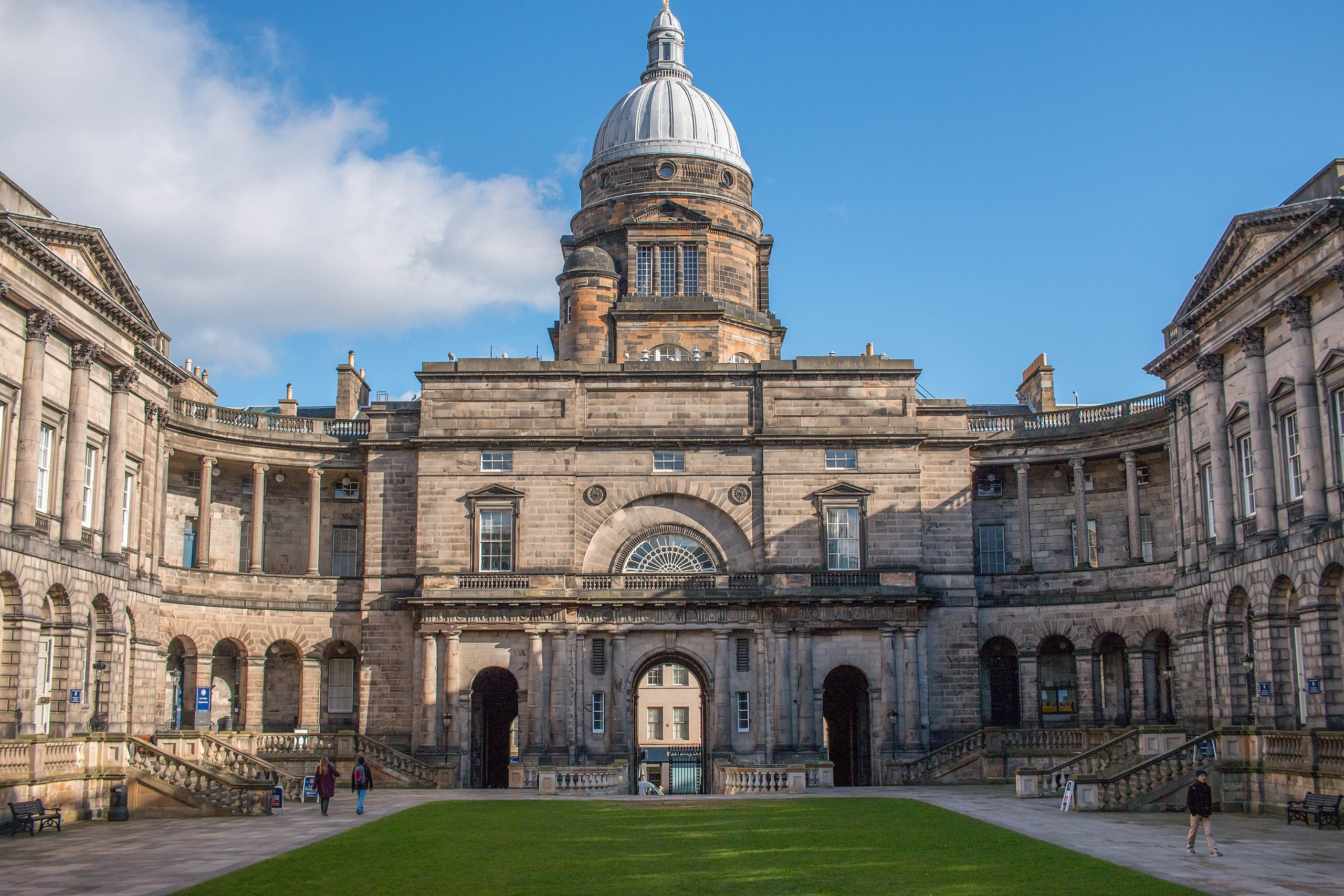
Back in 1583: Town councilors founded this university in a tavern, making it Scotland's fourth-oldest university and one of the most influential.
Famous alumni include Charles Darwin, Arthur Conan Doyle, and 11 Nobel Prize winners. The Old College's dome houses the largest university library in Scotland. Students still attend classes in buildings where David Hume pondered philosophy and Joseph Lister pioneered antiseptic surgery.
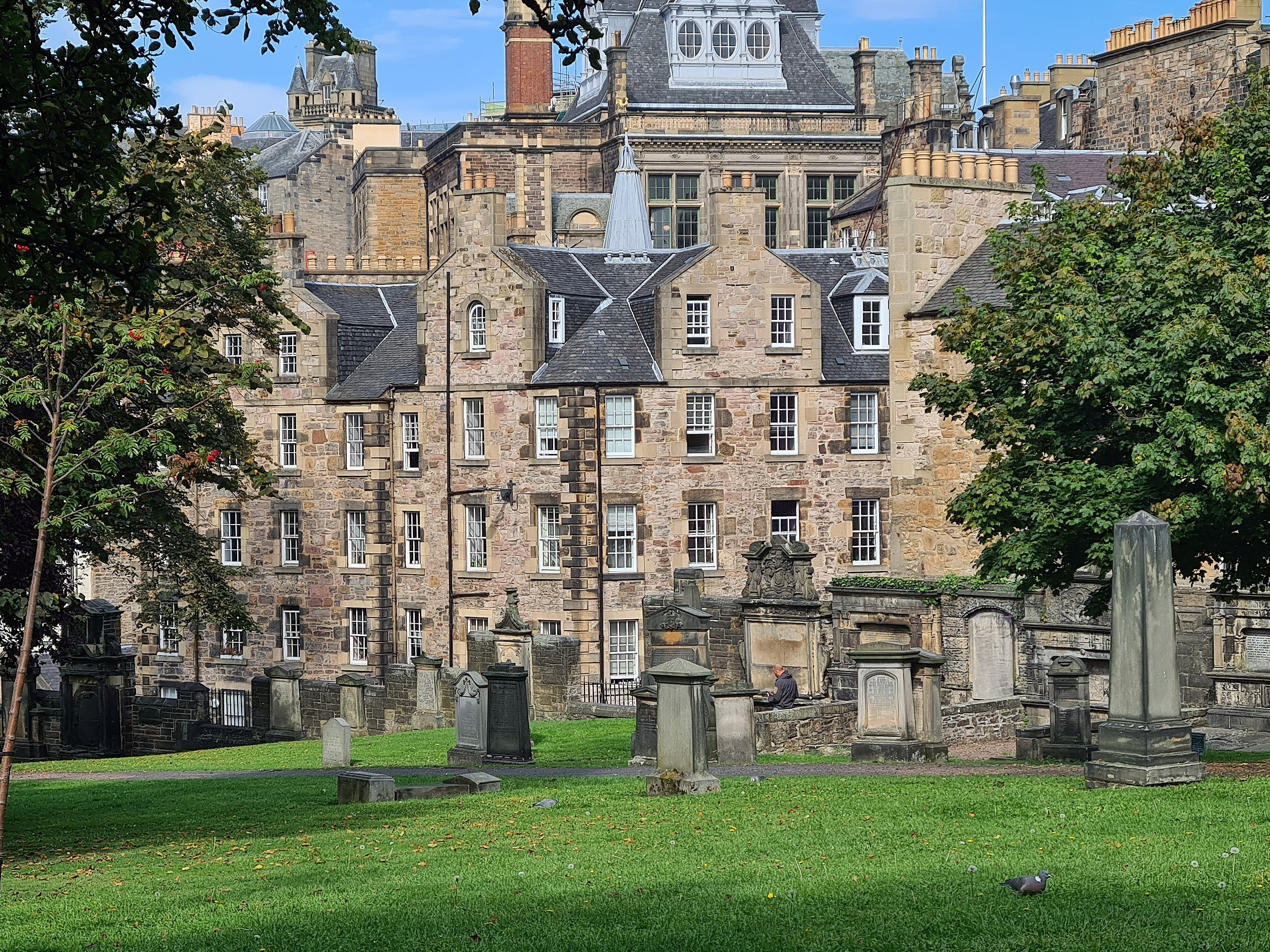
Local Secret: This cemetery contains more famous dead Scots per square meter than anywhere else, plus the world's most devoted dog.
Greyfriars Bobby, a Skye Terrier, guarded his master's grave for 14 years until his own death. The graveyard's weathered headstones tell stories of plague victims, body snatchers, and religious martyrs. Many tourists miss the Mortsafe - iron cages installed to prevent grave robbing for anatomy lessons at the nearby medical school.